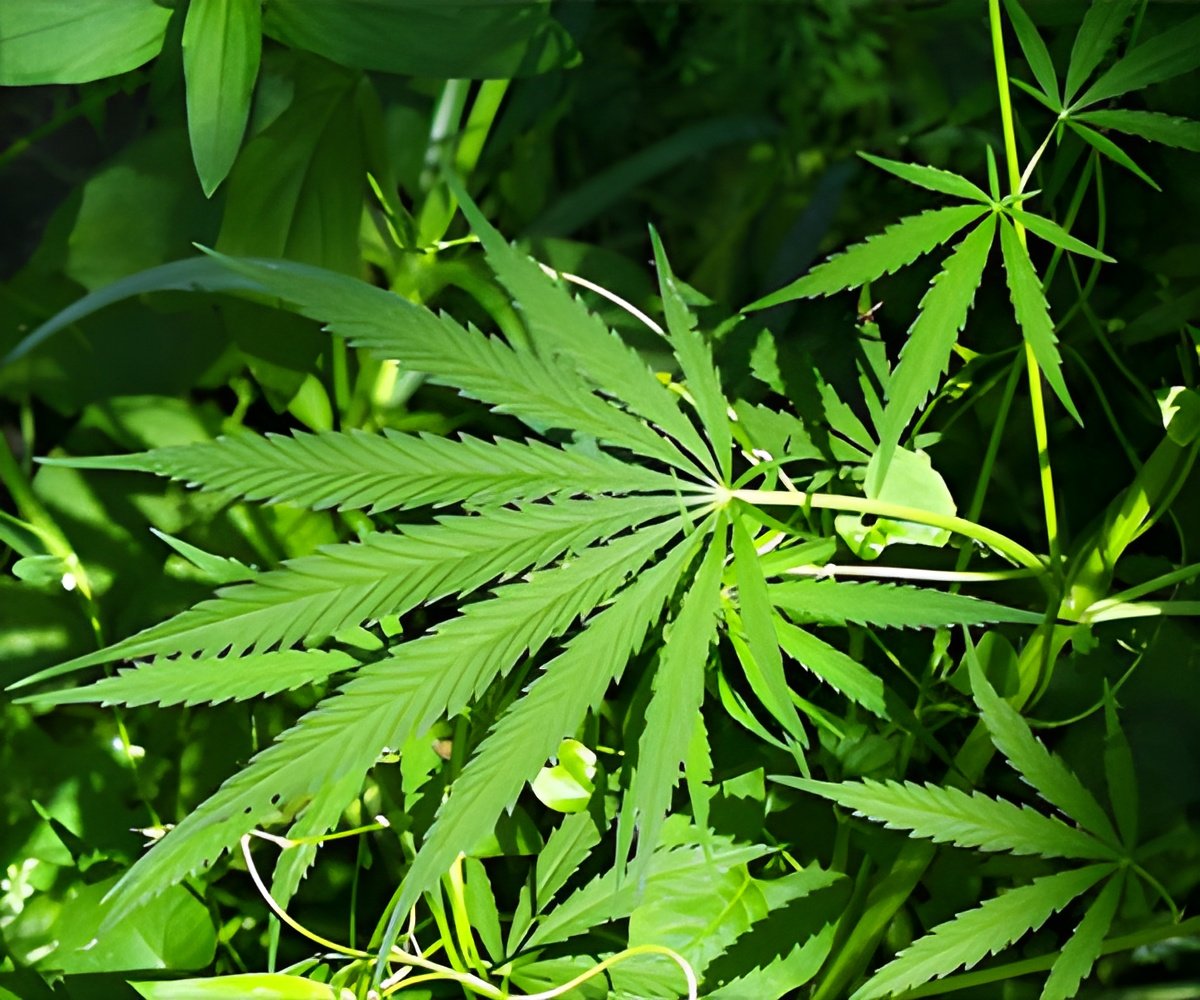Marijuana use is widespread among young adults. Their perceptions of the risks of marijuana use have steadily declined over the past decade.

‘Despite public health concerns regarding increased use of pot and enactment of marijuana laws, some positive outcomes have been associated with the laws, including decreased opioid use and decreased alcohol consumption.’





In states with medical marijuana laws, daily marijuana use for male users age 26 and older increased from 16.3 percent to 19.1 percent, and for women, from 9.2 percent to 12.7 percent. Past month use among men in the same age bracket increased from 7.0 percent before the laws passed to 8.7 percent following their passage, and for women rose from 3.0 percent before to 4.3 percent after. There were no significant increases in past-year marijuana use disorder (continuing to use despite significant behavioral or psychological changes) for any age or gender group following passage of the laws. The study also documents a rise in males ages 18-25 using marijuana daily compared to females. "Among past month users, more than one in five young men ages 18-25 living in states with medical marijuana laws said they used marijuana every day," said Christine Mauro, PhD, assistant professor of Biostatistics at Columbia's Mailman School of Public Health, and first author.
Daily use was generally higher among individuals aged 18-25 compared with those ages 12-17 and those 26 or older, regardless of their state's laws around marijuana. "Daily marijuana use raises health concerns as the brain doesn't fully mature until age 25," noted Mauro.
The researchers analyzed state-level survey data from the National Survey on Drug Use and Health for the years 2004-2013, including more than 17,500 youth (12-17 years-old), 17,500 young adults (18-25 years-old), and 18,800 adults 26 and older per year studied.
Since 1996, more than half of the United States has passed medical marijuana laws, with 28 states legalizing medical marijuana use as of November 2016; eight states have legalized recreational marijuana. "As more states enact laws and more years of data are available, future research should examine how legalization of recreational marijuana and other local rules contribute to changes in marijuana use," said Mauro.
Advertisement
"The advent of medical marijuana laws has been proposed as one potential cause of the increased prevalence of marijuana use, but there is now a general consensus that passage of the laws has not affected rates of use in adolescents," said Silvia Martins, MD, PHD, associate professor of Epidemiology at the Mailman School, and senior author. Until this most recent data, studies by Martins and colleagues found past-year individual use rose among all adults 26+ in states with medical marijuana laws but had not investigated changes in daily marijuana use and marijuana use disorder.
Advertisement
"Because most states in our sample more recently passed medical marijuana laws, it is possible that not enough time has elapsed to observe more significant changes in marijuana use disorder across age-gender subgroups," said Mauro. "Given the impact the disorder may have on individuals, families and society, marijuana use should continue to be monitored regularly. Building the evidence base by age and gender is critical in helping public health professionals better understand which groups, may be most affected by medical marijuana laws and target public health programming accordingly."
Source-Eurekalert














